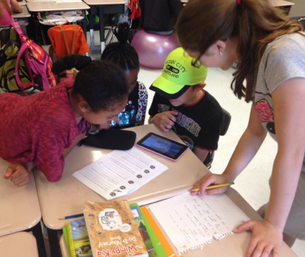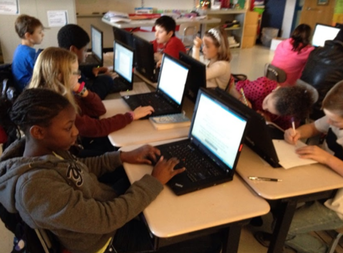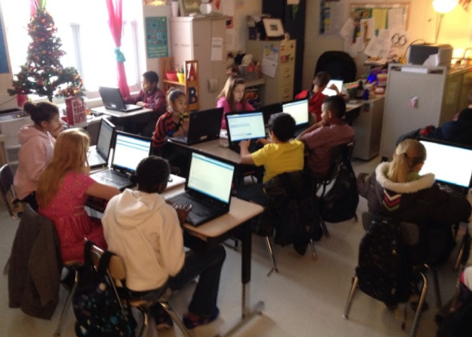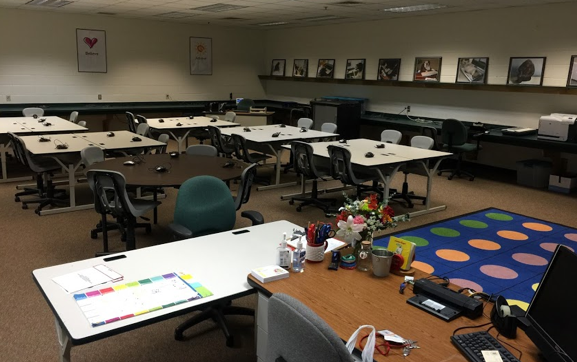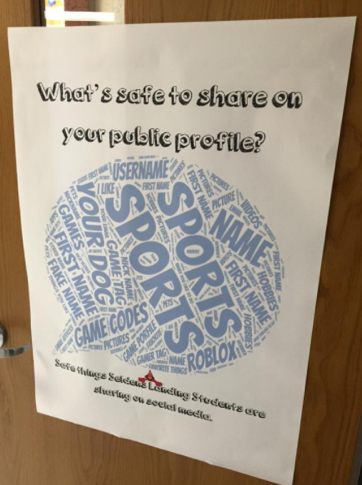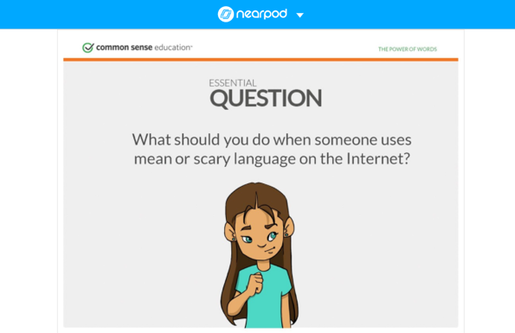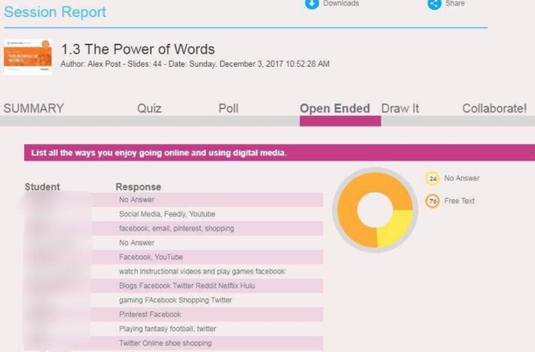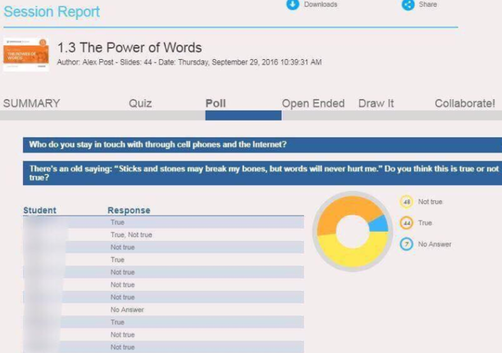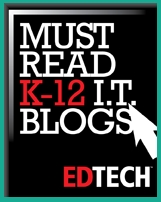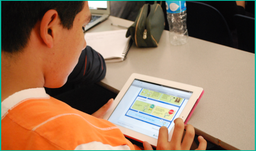
I was always the one to quickly adopt new things, a tendency that always comes with some glitches. I was the first to initiate Bring Your Own Technology (BYOT) at my school. I had 15 of my 27 students bring in some kind of device. Students started doing research on their devices and pulling photos from online and inserting them into my lessons. Our first lesson in digital citizenship— how to be good citizens of the digital community by giving credit to the author/creator, being respectful, and making good choices about what information we share.
Fast-forward a few years, my classroom was a computer lab. As I sat in my first technology meeting for the county, I listen to a man discussing digital citizenship from Common Sense Media, a non-profit organization that provides education and advocacy to promote safe technology and media for kids. After telling us about the resources that Common Sense Media had to help educate students on becoming digital citizens and the responsibilities that come with it, I realized there was finally a curriculum to match what I had haphazardly been trying to do for the past few years.
It was clear that students needed to understand what good citizenship is and that just like in our communities in real life, we have the same responsibilities in the online community. They know taking a bike that isn’t theirs is stealing, but couldn’t make the connection that taking someone else’s work online and using it was literally the same thing, and just as illegal.
They needed to know that typing mean words to people was just as much bullying as saying it to them in person, online there is proof they actually said what they said. In my eyes, this digital citizenship curriculum was a way to bridge the gap of knowledge between responsibilities in reality and online.
Meaningful Engagement When Teaching Digital Citizenship
In a room full of computers, students sat in front of darkened screens as I showed a PowerPoint lesson I created in tandem with Common Sense Media’s Digital Citizenship Curriculum. I did not have total engagement, students were bored and distracted by the computers in front of them, even if they were not turned on. It felt wrong that the little time students had access to technology, it was not being used effectively. I needed new ways to get students immersed and engaged in the content because I understood the importance of what I was teaching them.
One of the things I love about technology was a lesson I learned early on—it gives every student a voice. I had a student who could not verbally communicate, but he would write and respond to blog posts with his group members. It was a powerful moment that stayed with me. I needed to get all these students engaged like that.
At another training, a teacher introduced me to Nearpod, an interactive platform filled with standards aligned lessons and teaching tools, which I immediately began using the next day. First, I used it to teach coding lessons -- just testing the water. As the year went on, I incorporated Nearpod and Common Sense Media into my classes more -- they were the engagement piece my lessons were missing.
The next year I moved into the role of technology resource teacher/instructional facilitator of technology. The entire school was incorporating Bring Your Own Technology, putting digital citizenship at the top of my list to instill in kindergarten through fifth graders and the adults in the school. The answer to my prayers: Nearpod and Common Sense Media joined forces. They created lessons on digital citizenship that were engaging and relatetable to the students.
Students were getting the same meaningful information, but now they could interact with me through polls, drawing, and even little quizzes along the way. Now, my students were interested and they had accountability. These lessons are now online and in an environment that encourages interaction, responsibility, and engagement.
As we moved through the lessons, I found ways to showcase the students’ results and thoughts. For example, I would take their responses to the lessons that week and create a word cloud to hang in the hallway to keep the conversation going. I did not want digital citizenship to stop once the students left the lab.
As I co-taught with my teachers, everyone in the room was learning. The lesson that I love the most is “The Power of Words”. Fifth graders had fun telling us about their favorite online activities, answering anonymously seemed to be what broke the ice.
Not only did students need to understand digital citizenship, but teachers needed to see what digital citizenship is and how it is impacting their students. One day while teaching, we had a breakthrough were teachers began to comprehend how much cyberbullies were on our students’ minds. It became evident that these tools allowed our students to use their voices to tell adults what they were seeing, what they had done, and most importantly that they were not aware that cyberbullying can cause real life problems. This began conversations between teachers and students and guided the teachers in conversations with parents.
When you poll fifth graders and see their responses in front of you, the fact that 44% of the students in the class believe that words don’t hurt is inescapable. You have to sit and talk with your students. You can reflect and you can mold your next lesson. You can take this and meet with the school counselor to collaborate and find new ways to educate and reduce online harm.
Sharing Beyond School Walls
That lesson only inspired me more. The digital citizenship lessons from NearPod and Common Sense Media have led to a passion to reach more students and educators and engage them in digital citizenship. Staff development is part of my job, but I wanted to use my skills to reach beyond the walls of our school. Most recently, I presented at the state technology conference, to a room full of educators just as engaged as my students.
The most important thing I’ve learned through this process is that when you have the right tools, the critical information we need our students to learn becomes engaging and powerful.
Engaging because it gives students a voice and powerful because now we have meaningful and impactful ways to reach them with this critical information.
About the Author
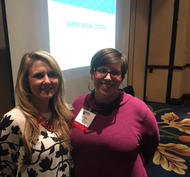
In her 8 years in Education, she has helped advance digital citizenship in grades kindergarten through fifth and meaningful technology integration.

